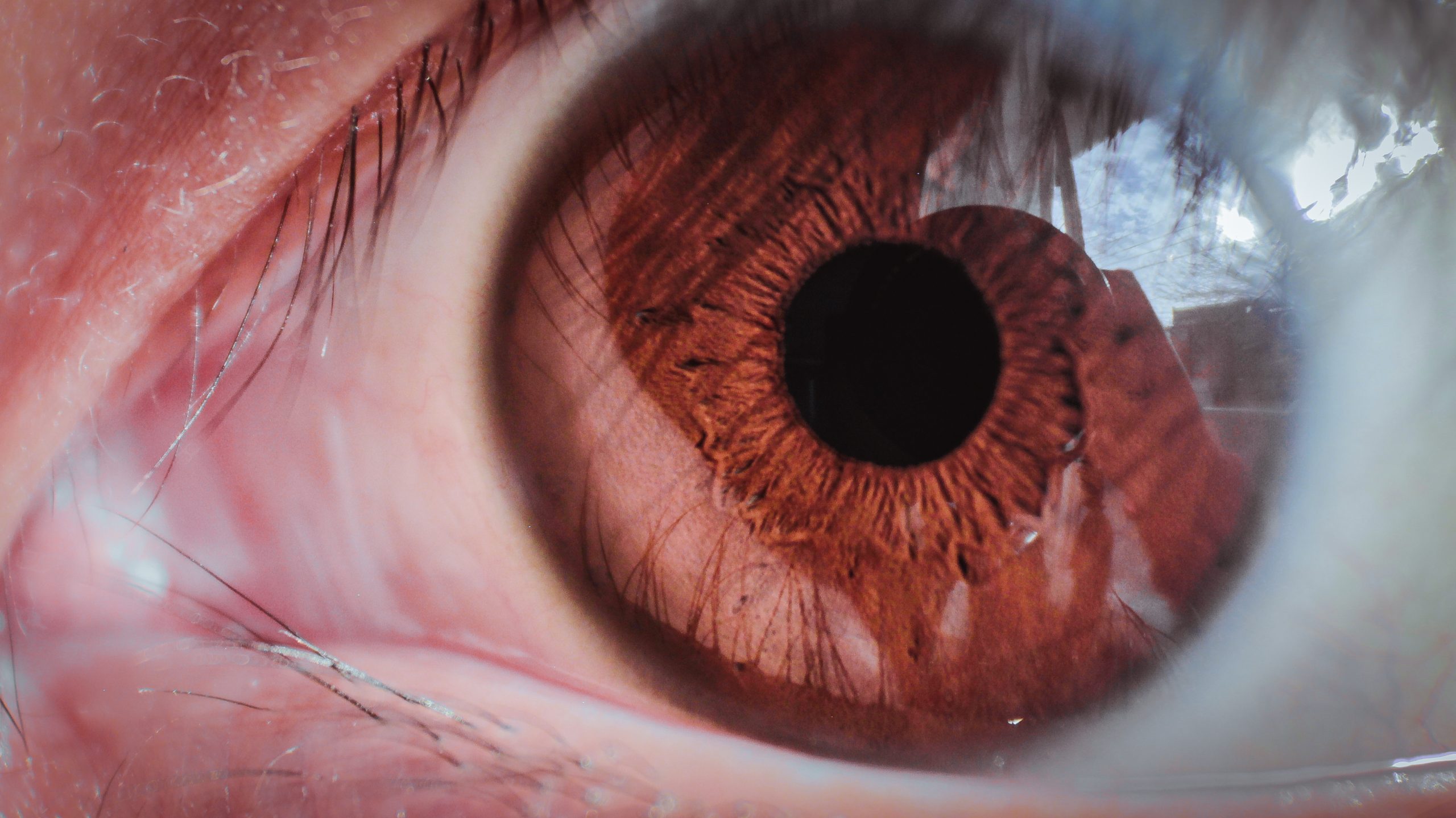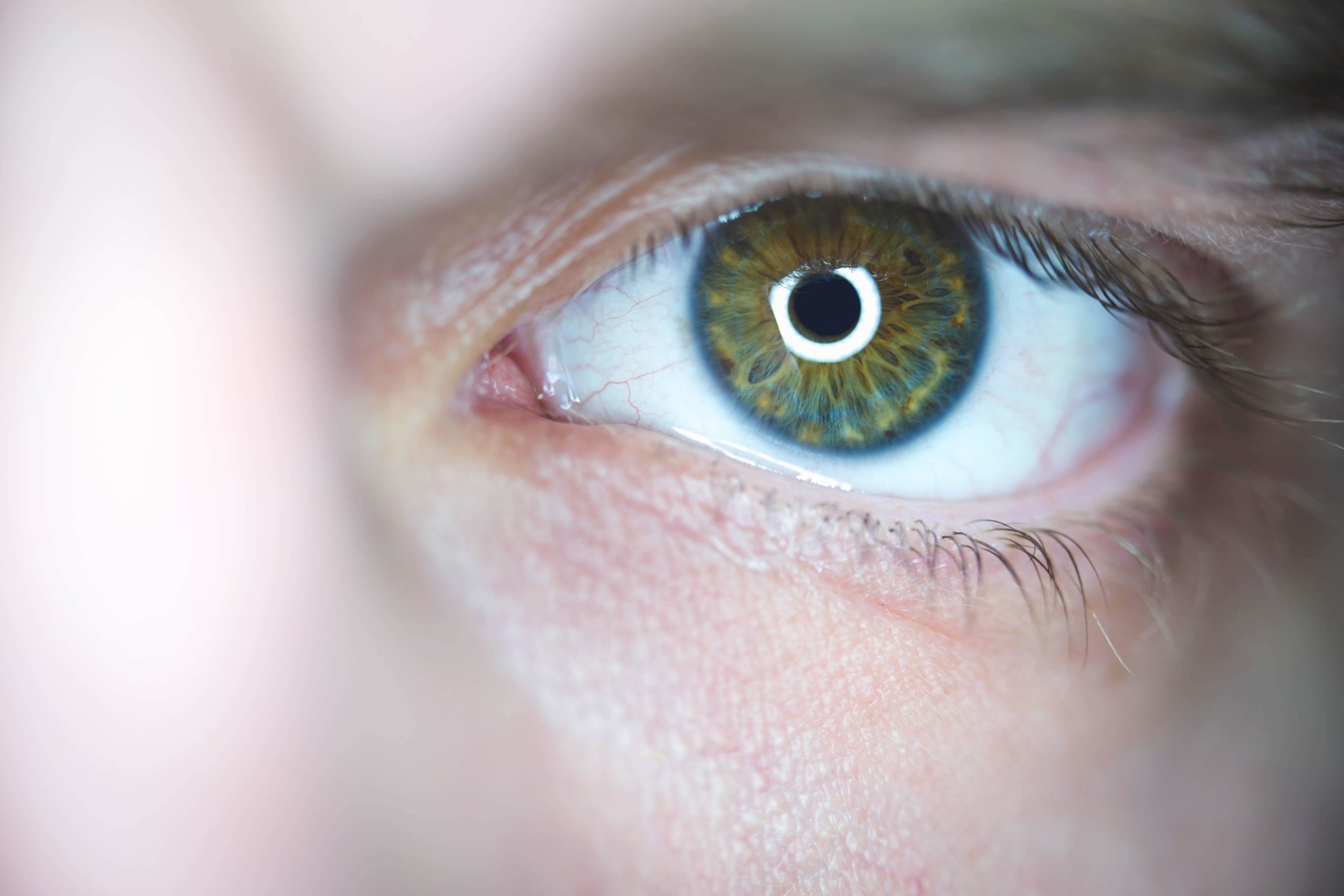Understanding and Managing Myopia (Near-Sightedness)
Embark on a journey to comprehend myopia, a common refractive error affecting vision. This article acts as a guide, offering insights on when to seek professional help, unraveling the causes and effects, identifying risk factors, exploring potential complications, and providing practical tips for managing myopia. Dive into the diagnostic process, discern which demographics are more susceptible, explore treatment options, and conclude with advice for maintaining optimal eye health.
Overview of Myopia
Myopia, commonly known as nearsightedness, is a prevalent refractive error where close objects are seen more clearly than distant ones. This occurs when light entering the eye focuses in front of the retina instead of directly on it. Myopia is typically caused by an elongated eyeball or a cornea with excessive curvature.
Symptoms
- Blurry Distance Vision:
- Difficulty seeing distant objects clearly is a primary symptom of myopia.
- Eye Strain:
- Struggling to focus on distant objects can lead to eye strain, especially during activities like driving or watching television.
- Headaches:
- Persistent eye strain may result in headaches, particularly after extended periods of focusing on distant objects.
- Squinting:
- Squinting is a natural response to improve focus, indicating potential myopia.
Causes
- Eyeball Elongation:
- Myopia is often associated with an elongated eyeball, causing light to focus in front of the retina.
- Corneal Curvature:
- An excessively curved cornea can contribute to myopia by altering the way light is refracted in the eye.
- Genetic Factors:
- Family history plays a significant role, with individuals having nearsighted family members being more prone to myopia.
What Happens Because of the Condition
- Focal Point in Front of Retina:
- Light entering the eye converges in front of the retina, resulting in the formation of a blurry image for distant objects.
- Blurred Distance Vision:
- The primary consequence is blurred vision for objects beyond a certain distance.
- Eye Strain and Discomfort:
- Constant effort to bring distant objects into focus can lead to eye strain, discomfort, and headaches.
- Squinting:
- Squinting is a subconscious attempt to improve focus and clarity.
- Reduced Visual Acuity:
- Myopia typically results in reduced clarity of distant vision while close vision remains relatively clear.
Risk Factors
- Genetic Predisposition:
- Genetic factors play a significant role in myopia. If there is a family history of myopia, individuals are at a higher risk of developing nearsightedness.
- Environmental Factors:
- Prolonged near work, such as reading or extensive screen time, especially during childhood, increases the risk. Limited outdoor activities have also been associated with a higher likelihood of myopia.
- Age:
- Myopia often starts during childhood and tends to progress during the growing years. Younger individuals are more susceptible to developing myopia.
- Ethnicity:
- Certain ethnic groups, particularly those of East Asian descent, have shown a higher predisposition to myopia.
- Systemic Health Conditions:
- Health conditions like diabetes are linked to an increased risk of myopia, emphasizing the importance of overall health in eye care.
Diagnosis
- Visual Acuity Test:
- A standard eye chart is used to measure the clarity of vision at various distances, helping identify the presence and severity of myopia.
- Refraction Test:
- This test measures the degree of myopia by determining how light is refracted in the eye. It aids in prescribing corrective lenses.
- Retinoscopy:
- A retinoscope is used to observe the reflection of light off the retina, assisting eye care professionals in estimating the refractive error.
- Autorefractors and Aberrometers:
- These automated instruments provide objective measurements of the eye’s refractive error, contributing to precise prescription determination.
Treatment Options
- Eyeglasses:
- Concave lenses are prescribed to correct myopia by diverging light, allowing it to focus directly on the retina and providing clear vision.
- Contact Lenses:
- Concave contact lenses offer an alternative to eyeglasses, providing clear vision for individuals with myopia. Toric lenses may be used for those with astigmatism.
- Orthokeratology:
- Specialty contact lenses reshape the cornea temporarily. Individuals wear these lenses overnight to achieve clear vision without the need for corrective lenses during the day.
- Refractive Surgery:
- Procedures like LASIK reshape the cornea, correcting myopia for long-term vision improvement. It’s a surgical option for those seeking a more permanent solution.
- Pharmacological Interventions:
- Some medications, like atropine eye drops, are being researched for their potential role in slowing the progression of myopia, particularly in children.
Complications
- Uncorrected Vision Issues:
- Neglecting to correct myopia can lead to persistent blurred vision, affecting daily activities and reducing quality of life.
- Eye Strain and Discomfort:
- Prolonged eye strain from uncorrected myopia may result in discomfort, headaches, and decreased productivity during close tasks.
- Progression of Myopia:
- Myopia can progress over time, requiring adjustments to corrective prescriptions. Regular eye examinations are crucial for monitoring changes.
- Increased Risk of Eye Conditions:
- High myopia is associated with a higher risk of developing serious eye conditions, including retinal detachment, glaucoma, and cataracts.
- Social and Psychological Impact:
- Severe myopia may impact an individual’s quality of life, affecting academic or work performance, and contributing to psychological distress.
Prevention
- Regular Eye Exams:
- Schedule routine eye examinations to detect and address vision issues early, allowing for timely intervention.
- Outdoor Activities:
- Encourage outdoor activities, as studies suggest spending time outdoors may help reduce the risk of myopia, especially in children.
- Balanced Screen Time:
- Practice healthy screen habits, incorporating breaks to reduce eye strain during prolonged near work.
- Eye-Friendly Diet:
- Consume a diet rich in eye-friendly nutrients, including vitamins A, C, and E, as well as zinc and omega-3 fatty acids.
- Eye Safety Measures:
- Use protective eyewear during activities with potential eye hazards to prevent injuries.
Medications
While there are no medications specifically approved to prevent myopia, certain treatments are being studied:
- Atropine Eye Drops:
- Atropine eye drops have shown promise in slowing the progression of myopia, especially in children. However, their long-term use and potential side effects are still under investigation.
When to See a Doctor
- Blurry Vision:
- If there is persistent blurry vision, especially at a distance, it’s crucial to seek an eye examination.
- Eye Strain and Discomfort:
- If experiencing eye strain, discomfort, headaches, or squinting, it indicates potential vision issues and warrants a visit to an eye care professional.
- Changes in Vision:
- Any noticeable changes in vision, regardless of age, should prompt a visit to the eye doctor for evaluation.
- Regular Check-ups:
- Even in the absence of symptoms, regular eye check-ups are recommended, especially for demographics more susceptible to myopia.
Demographics More Susceptible
- Age Group:
- Children and young adults are more susceptible to myopia, with its onset often occurring during childhood.
- Genetic Factors:
- Individuals with a family history of myopia are at a higher risk of developing the condition.
- Occupational Factors:
- Those engaged in occupations involving prolonged near work may be more prone to myopia.
- Ethnicity:
- Certain ethnic groups, such as East Asian populations, have shown a higher predisposition to myopia.
Follow-up Care for Adults and Children
For Adults:
- Routine Eye Exams:
- Schedule regular eye examinations to monitor changes in vision and detect potential issues early.
- Adherence to Prescriptions:
- Use prescribed corrective lenses, such as eyeglasses or contact lenses, consistently as recommended.
- Regular Health Check-ups:
- Regularly visit healthcare professionals to manage overall health, as systemic conditions can impact eye health.
- Prompt Intervention:
- Seek prompt attention for any changes in vision, eye discomfort, or signs of potential eye issues.
For Children:
- Pediatric Eye Exams:
- Schedule regular eye exams for children, especially during critical developmental stages, to monitor vision health.
- Educational Support:
- Provide necessary support if vision problems impact learning or daily activities. Address any signs of eye strain or discomfort promptly.
- Regular Check-ups:
- Ensure regular eye check-ups for early detection of potential vision problems, even in the absence of apparent issues.
- Eye Safety Measures:
- Educate children about eye safety and ensure they use protective eyewear during activities with potential eye hazards.
Conclusion
In conclusion, proactive measures such as regular eye exams, outdoor activities, maintaining a balanced screen time, and a nutritious diet contribute to the prevention of myopia. Timely intervention, especially in demographics more susceptible to myopia, is crucial for maintaining optimal eye health. Regular follow-up care, adherence to prescriptions, and addressing changes in vision promptly ensure ongoing eye wellness. By incorporating these practices, individuals can take control of their eye health and reduce the impact of myopia on their quality of life.
World Eye Care Foundation’s eyecare.live brings you the latest information from various industry sources and experts in eye health and vision care. Please consult with your eye care provider for more general information and specific eye conditions. We do not provide any medical advice, suggestions or recommendations in any health conditions.
Commonly Asked Questions
School eye screenings may detect myopia, but a comprehensive eye exam by an eye care professional provides a more accurate diagnosis and evaluation of vision needs.
Yes, myopia may contribute to difficulties with night vision. Proper vision correction helps alleviate such issues.
Prolonged near work, including excessive screen time, is a potential risk factor for myopia. Taking regular breaks and following the 20-20-20 rule can help reduce the risk.
Yes, contact lenses are a common and effective way to manage myopia. There are various types of contact lenses suitable for different individuals.
Yes, refractive surgeries like LASIK can correct myopia. However, suitability for surgery depends on individual factors and age.
Myopia tends to progress during childhood and adolescence. While it may stabilize in adulthood, regular eye check-ups are essential to monitor changes.
While some forms of myopia are genetic, encouraging outdoor activities, limiting screen time, and taking regular eye breaks can contribute to preventing or slowing myopia progression in children.
Myopia itself does not lead to blindness, but severe and uncorrected myopia can increase the risk of retinal detachment and other eye conditions that may impact vision.
Yes, there is a strong genetic component to myopia. Individuals with one or both myopic parents are more likely to develop myopia.
Myopia cannot be fully reversed, but its progression can be slowed or managed with appropriate vision correction and lifestyle adjustments.
news via inbox
Subscribe here to get latest updates !








